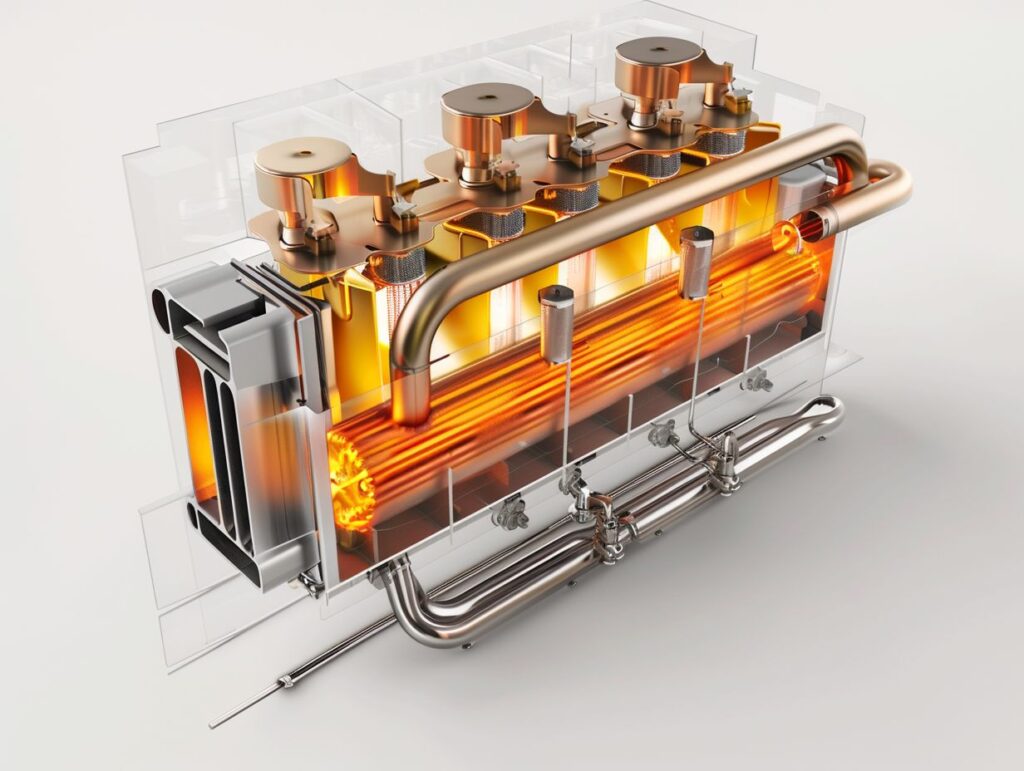Are you interested in maximising the heat output from your Type 22 radiators? This article will delve into the features and benefits of Type 22 radiators and discuss the factors that can influence their heat output, including size, placement, insulation, and room temperature.
Additionally, we will explore strategies for optimising heat output through regular maintenance, the use of thermostatic radiator valves, and the installation of reflective panels.
We will also compare various types of radiators and alternative heating methods for your consideration. Stay tuned to learn how to efficiently keep your space warm and cozy.
Key Takeaways:
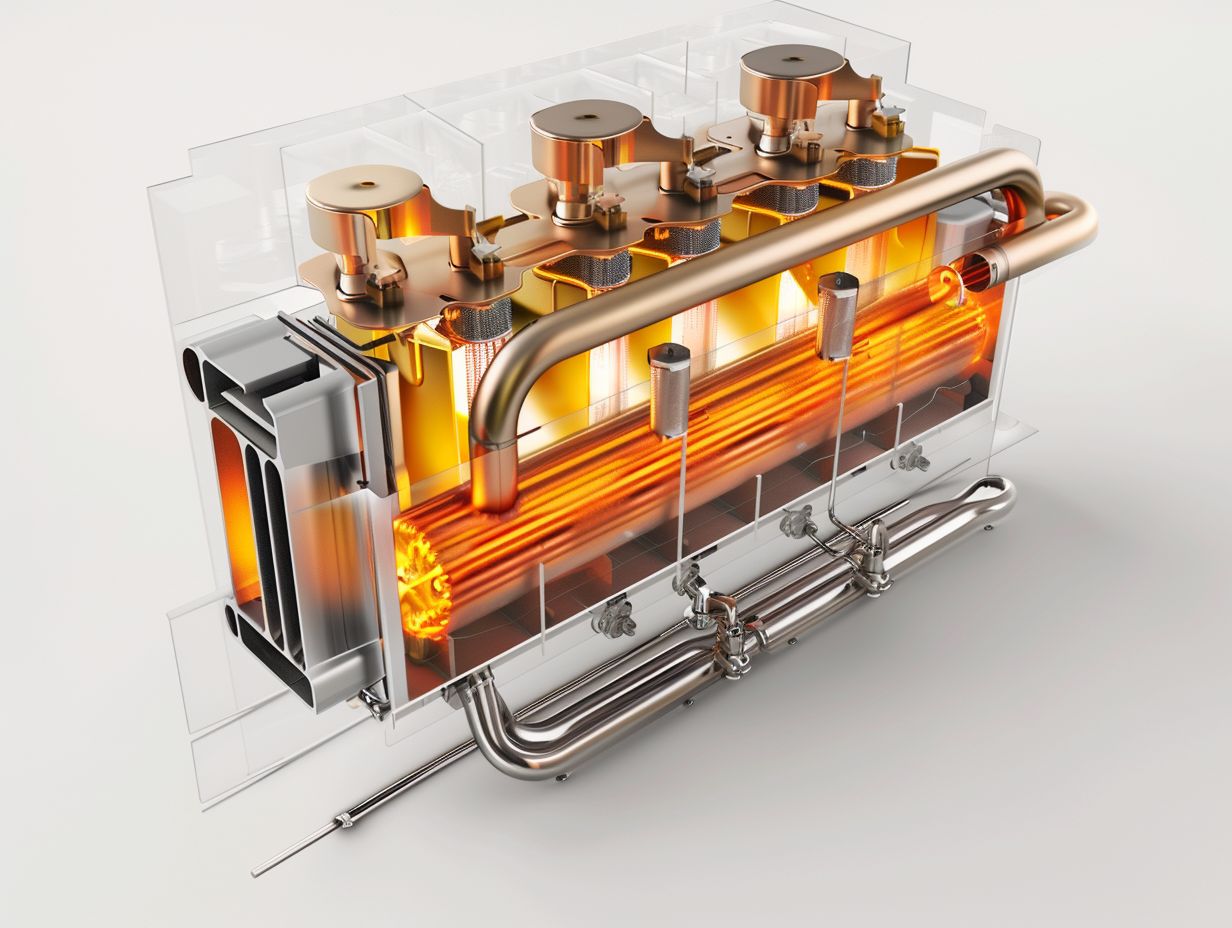
- Regular maintenance and cleaning can help optimise heat output from Type 22 radiators.
- Using thermostatic radiator valves and adding reflective panels can also significantly improve the heat output of Type 22 radiators.
- When considering alternative heating options, it’s important to compare different types of radiators and explore other methods such as insulation and room temperature control.
Factors Affecting Heat Output
The heat output of a heating system is influenced by several factors, including the type of heat source (such as gas boilers or heat pumps), the effectiveness of the indoor heat exchanger, and the choice of high heat output radiators.
Gas boilers play a critical role in heating systems as they use natural gas to produce heat for the space. Conversely, heat pumps are recognised for their energy-efficient operation, transferring heat from the outside environment to the indoors.
Indoor heat exchangers facilitate the heat transfer between different mediums, enhancing the overall system efficiency. High heat output radiators are specifically designed to distribute heat efficiently and uniformly throughout the room, ensuring optimal comfort levels.
When these components work in harmony, they can significantly influence the overall heat output and effectiveness of a heating system.
Size and Placement
When optimising heat distribution within a space, it is crucial to consider the size and placement of radiators. Factors such as balancing radiators, positioning in relation to the indoor heat exchanger, and the layout of existing properties should be carefully addressed during the installation process.
Proper sizing of radiators is essential to ensure they can generate sufficient heat to warm up the room effectively without overpowering it. Equally important is strategic placement, as placing radiators near windows or sources of cold air can diminish their effectiveness.
Balancing radiators throughout different rooms is key to maintaining a consistent temperature across the property. Aligning radiators with indoor heat exchangers helps ensure efficient circulation of the heat produced.
Optimal placement of radiators in unique property layouts can enhance overall heating performance and comfort.
Insulation and Room Temperature
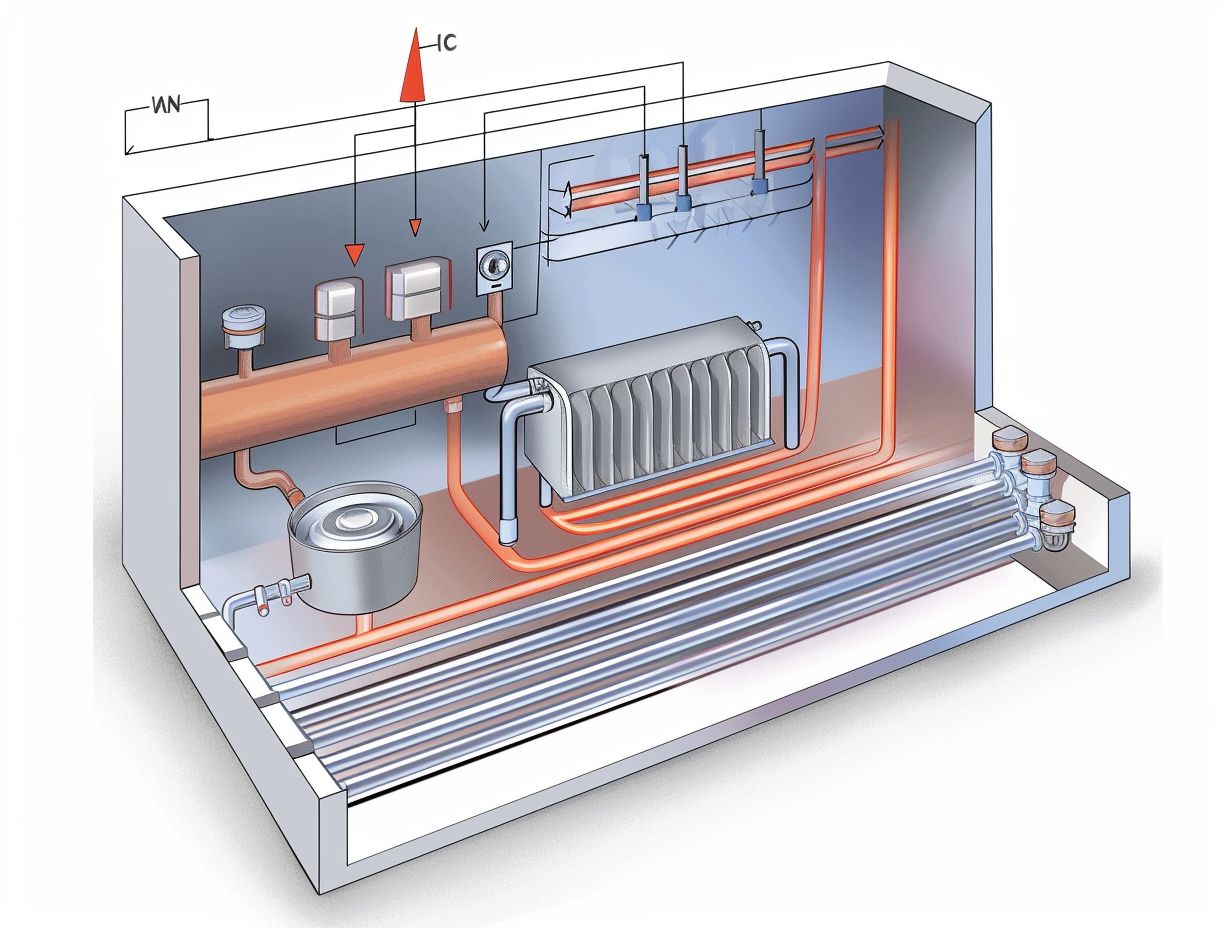
Insulation levels and room temperature have a significant impact on the efficiency of your heating system, affecting energy consumption and costs, especially as energy prices continue to rise. Proper insulation and temperature control are crucial for maintaining optimal heat levels while keeping energy expenses in check.
When your insulation is insufficient, heat loss occurs, forcing your heating system to work harder to maintain your desired temperatures, resulting in increased energy usage and costs.
By enhancing the quality of your insulation and adjusting room temperature settings based on occupancy and comfort requirements, you can effectively reduce energy wastage and save money on heating bills.
This strategic approach not only improves energy efficiency but also contributes to a more sustainable and environmentally friendly operation within your household.
Ways to Optimise Heat Output
To optimise heat output, you need to implement strategies that enhance the efficiency and performance of your heating systems. Key steps in maximising heat output include the use of radiator fans, improving radiator efficiency, and ensuring proper maintenance.
Integrating radiator fans into your heating system is a widely used method to improve heat distribution within a space. Placing these fans strategically near radiators can significantly enhance the circulation of warm air.
Regular maintenance of your radiators is essential for achieving optimal performance. This maintenance routine should involve bleeding the radiators to release trapped air, checking for leaks, and ensuring that all components are functioning properly.
By following these maintenance practices, you can not only improve heat output but also prolong the lifespan of your heating system.
Proper Maintenance and Cleaning
Regular maintenance and cleaning of your radiators are essential to ensure they work efficiently and distribute heat effectively. Proper upkeep not only prolongs the lifespan of your radiators but also contributes to energy savings and promotes the use of eco-friendlier heating solutions.
By regularly maintaining your radiators, you can prevent the build-up of sediment and debris within the system, which can impede the circulation of hot fluid.
A well-maintained radiator system ensures that heat is evenly distributed throughout the room, creating a comfortable environment. Keeping your radiators clean helps to reduce the risk of malfunctions and costly repairs.
Opting for eco-friendlier heating options, such as heat pumps or solar heating, can further enhance energy efficiency and minimise the carbon footprint of your heating system.
Using Thermostatic Radiator Valves
Thermostatic Radiator Valves (TRVs) play a crucial role in improving the efficiency of heating systems by providing precise control over individual radiators. When you utilise TRVs, you can achieve optimal heating levels, effectively balance radiators, and maximise the advantages of white ‘Type 22’ convector radiators.
These valves are specifically engineered to adjust the flow of hot water into the radiator based on the room’s temperature, ensuring that each room reaches the desired comfort level without overheating.
The ability to customise the temperature in different rooms independently not only boosts energy efficiency but also delivers personalised comfort.
When combined with ‘Type 22’ convector radiators, which offer a larger heat emission surface area, TRVs can further enhance heating performance by efficiently spreading warmth throughout the room.
Adding Reflective Panels
Incorporating reflective panels behind radiators can significantly enhance their efficiency and improve energy utilisation. This simple addition not only boosts radiator performance but can also contribute to energy savings, aligning with energy efficiency subsidy schemes.
By installing reflective panels, you can redirect the heat that would have been absorbed by the wall behind the radiator into the room, maximising thermal output.
This process reduces the amount of energy needed to maintain a comfortable temperature, ultimately leading to lower energy bills. Adding reflective panels can make you eligible for various energy-saving subsidy programmes, encouraging sustainable practices and helping to create more energy-efficient homes.
Alternative Heating Options
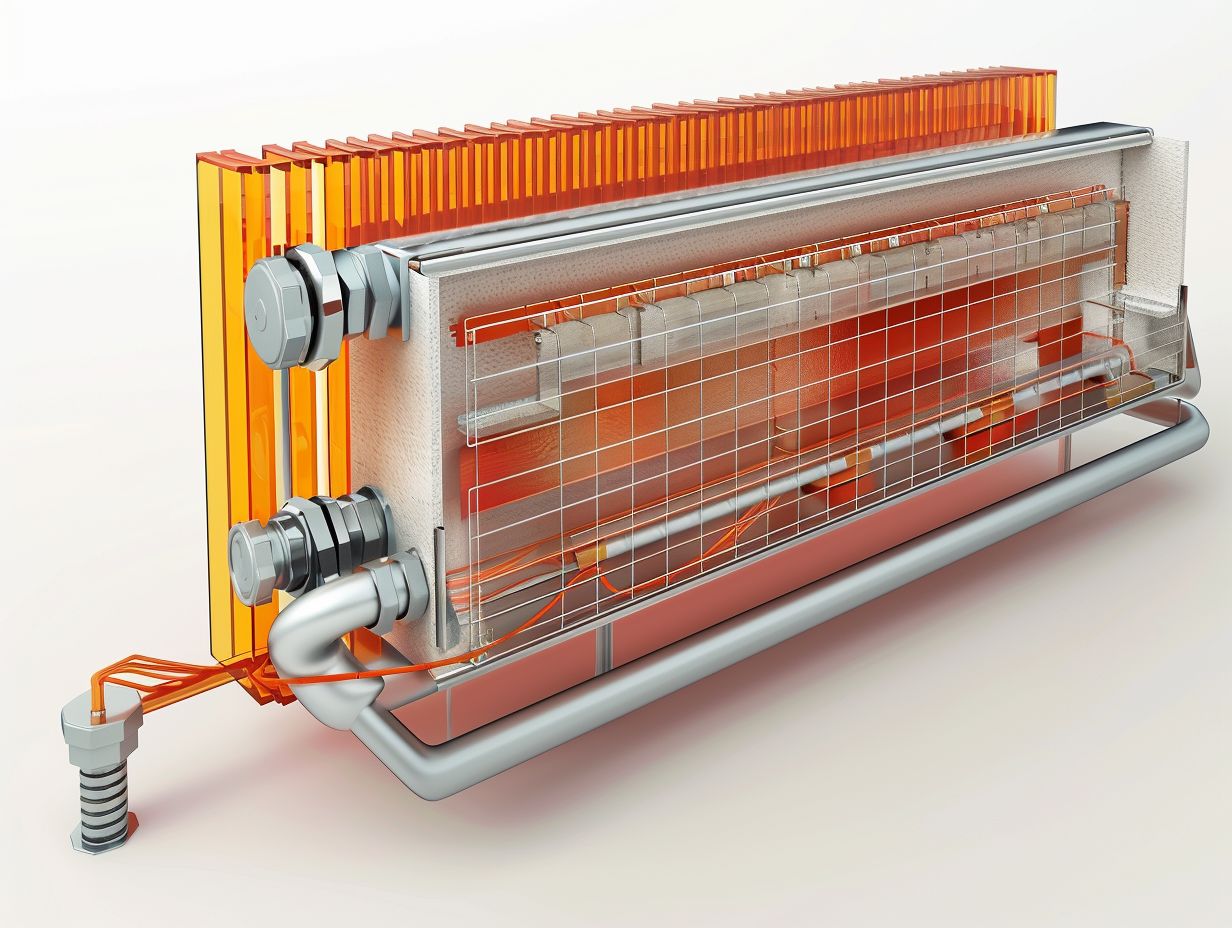
When exploring alternative heating options, you should consider eco-friendlier alternatives to traditional gas boilers, such as air-source heat pumps, to reduce reliance on fossil fuels and provide sustainable heating solutions. Embracing these alternative methods can help promote energy efficiency and environmental sustainability.
Air-source heat pumps operate by transferring heat from the outside air to inside a building, making them highly efficient for both heating and cooling purposes. This technology not only decreases carbon emissions but also aids in lowering energy bills.
Air-source heat pumps are adaptable and can be used in various climates, ensuring consistent heating even in cold weather conditions. With advancements in renewable energy technology, this eco-friendly option is increasingly accessible and cost-effective for homeowners seeking to minimise their carbon footprint.
Comparing Different Types of Radiators
When comparing different types of radiators, you need to assess their efficiency, heat output, and compatibility with heating systems.
Whether you are considering high heat output radiators or those specifically designed for use with gas boilers or heat pumps, each type has its own set of advantages and considerations.
High heat output radiators are typically better suited for larger rooms or spaces that require higher levels of warmth. Conversely, radiators compatible with gas boilers are often favoured for their cost-effectiveness and ease of integration with existing heating systems.
On the other hand, radiators that are compatible with heat pumps are recognised for their energy efficiency and environmentally friendly operation, making them an appealing option for those interested in sustainable heating solutions.
By understanding these differences, homeowners can make well-informed decisions when choosing the most appropriate type of radiator for their specific heating requirements.
Other Heating Methods to Consider
Apart from conventional gas boilers, you should explore alternative heating methods that align with the energy efficiency goals and regulations established by the UK government.
When considering options such as heat pumps, which extract heat from the air or ground, you can access a more environmentally friendly and cost-effective heating solution. Heat pumps are well-known for their high energy efficiency levels and minimal carbon footprint.
Additionally, biomass boilers that utilise renewable resources like wood pellets or logs are becoming increasingly popular due to their sustainability benefits.
By diversifying heating sources and integrating these energy-efficient technologies, households can make substantial progress in reducing their carbon emissions and contributing to a more sustainable future.
Frequently Asked Questions
How do I optimise the heat output from my Type 22 radiators?
There are a few ways to optimise the heat output from your Type 22 radiators. Firstly, make sure that they are the correct size for the room they are in. You can also try using a radiator booster to improve heat circulation or adding reflective panels behind the radiators to reflect the heat back into the room.
Do I need to bleed my Type 22 radiators to optimise heat output?
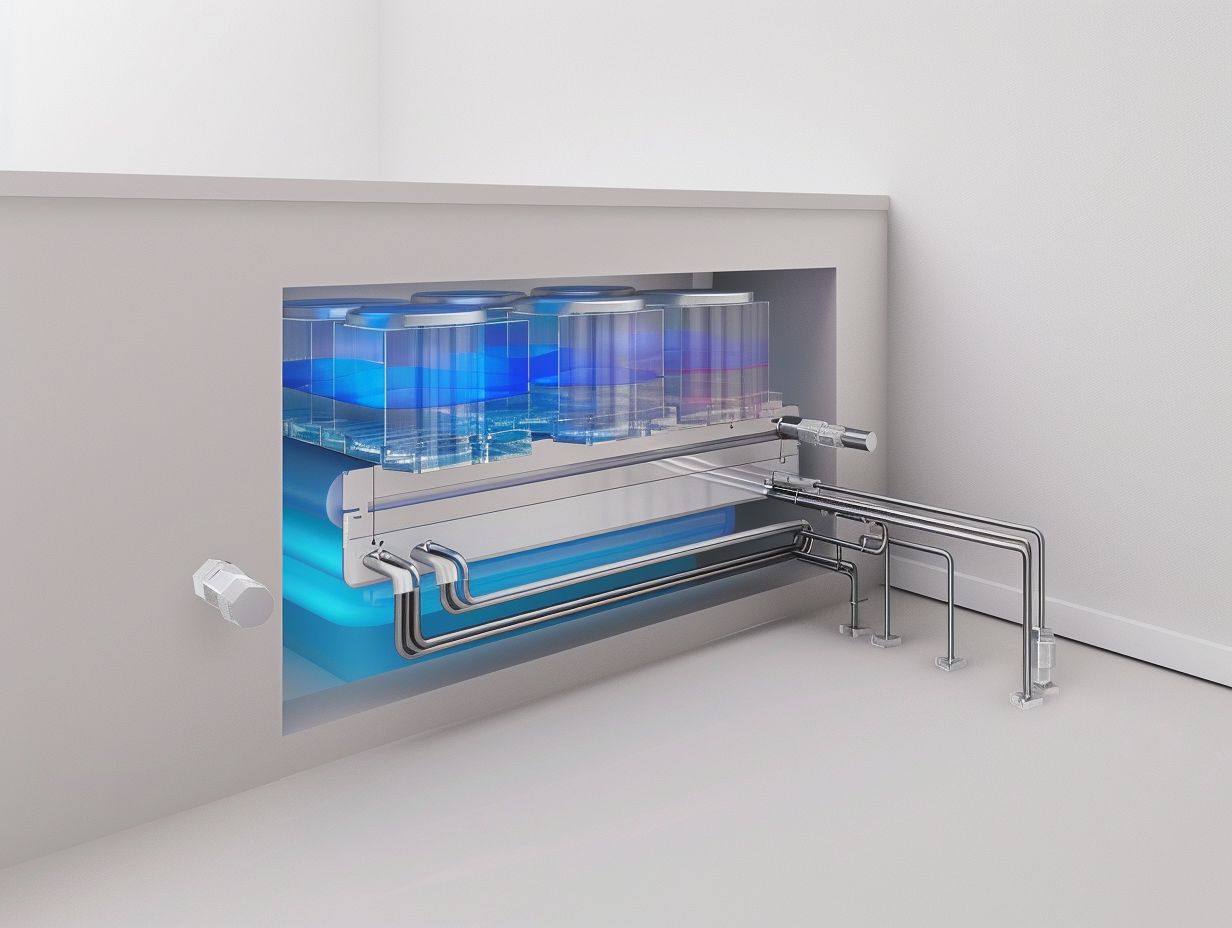
Yes, bleeding your radiators is an important step in optimising their heat output. Air trapped inside the radiator can prevent hot water from flowing properly, reducing heat output. Bleeding your radiators regularly will ensure that they are functioning at their full potential.
Can I paint my Type 22 radiators to improve heat output?
Yes, you can paint your radiators to improve heat output. However, it is important to use a heat-resistant paint specifically designed for radiators. Painting your radiators can also help to protect them from rust and improve their overall appearance.
What is the ideal temperature to set my Type 22 radiators for optimal heat output?
The ideal temperature to set your radiators for optimal heat output will depend on a few factors, such as the size of the room and the insulation of your home. A good starting point is usually around 19-21 degrees Celsius. It is also important to avoid setting the temperature too high, as this can cause your radiators to overwork and potentially lead to malfunctions.
Can I use a radiator cover to optimise heat output from my Type 22 radiators?
While radiator covers can add aesthetic value to a room, they can also decrease the heat output from your radiators. This is because the cover acts as a barrier, trapping the heat and preventing it from circulating properly. It is best to only use a cover if necessary, and to choose one that is specifically designed to allow heat to flow freely.
What should I do if my Type 22 radiators are not providing enough heat?
If your radiators are not providing enough heat, there are a few potential solutions. First, make sure that they are not blocked by furniture or other objects. You can also try bleeding them or adjusting the temperature setting. If these measures do not improve heat output, it is best to consult a professional to check for any underlying issues.

